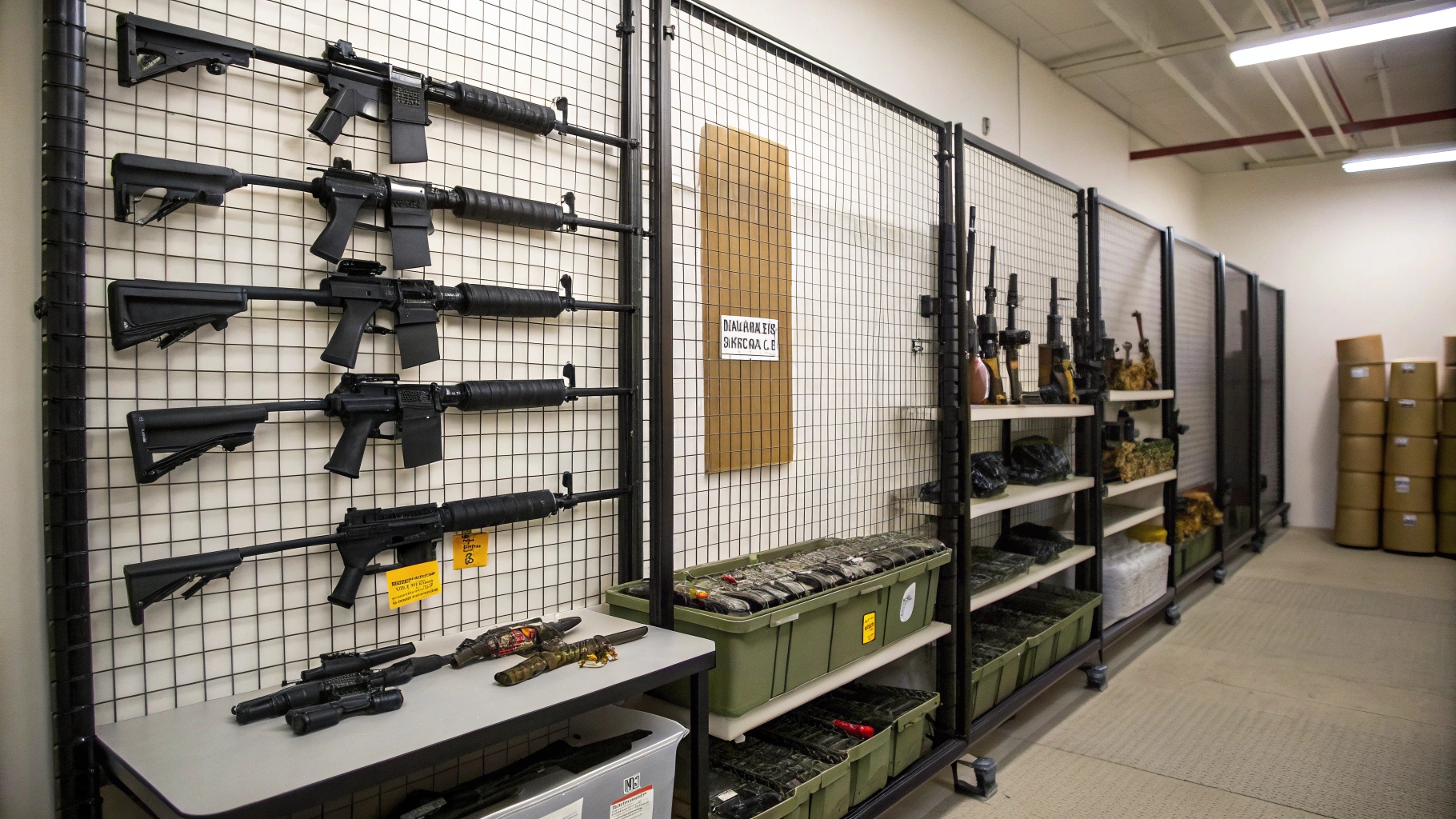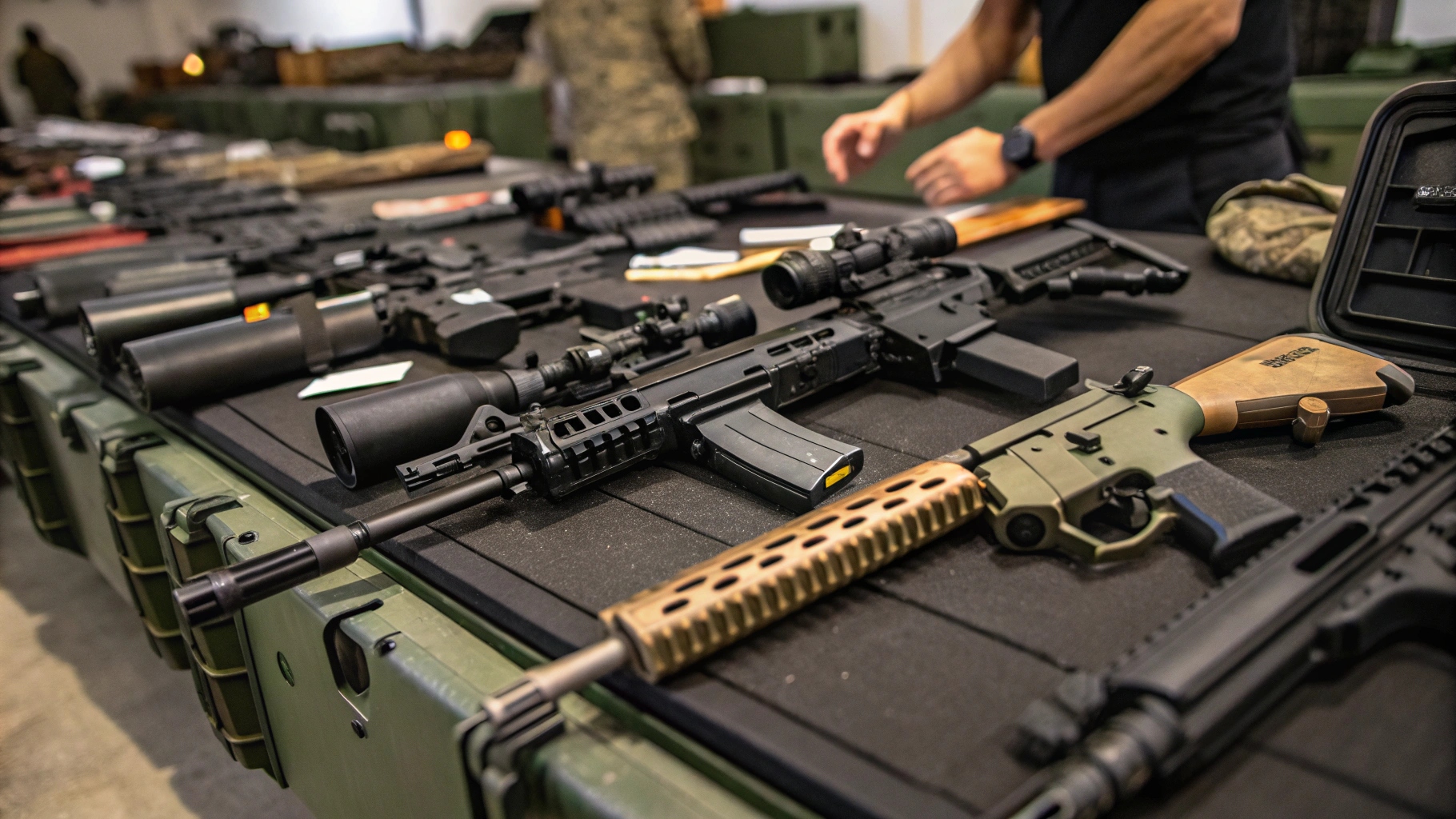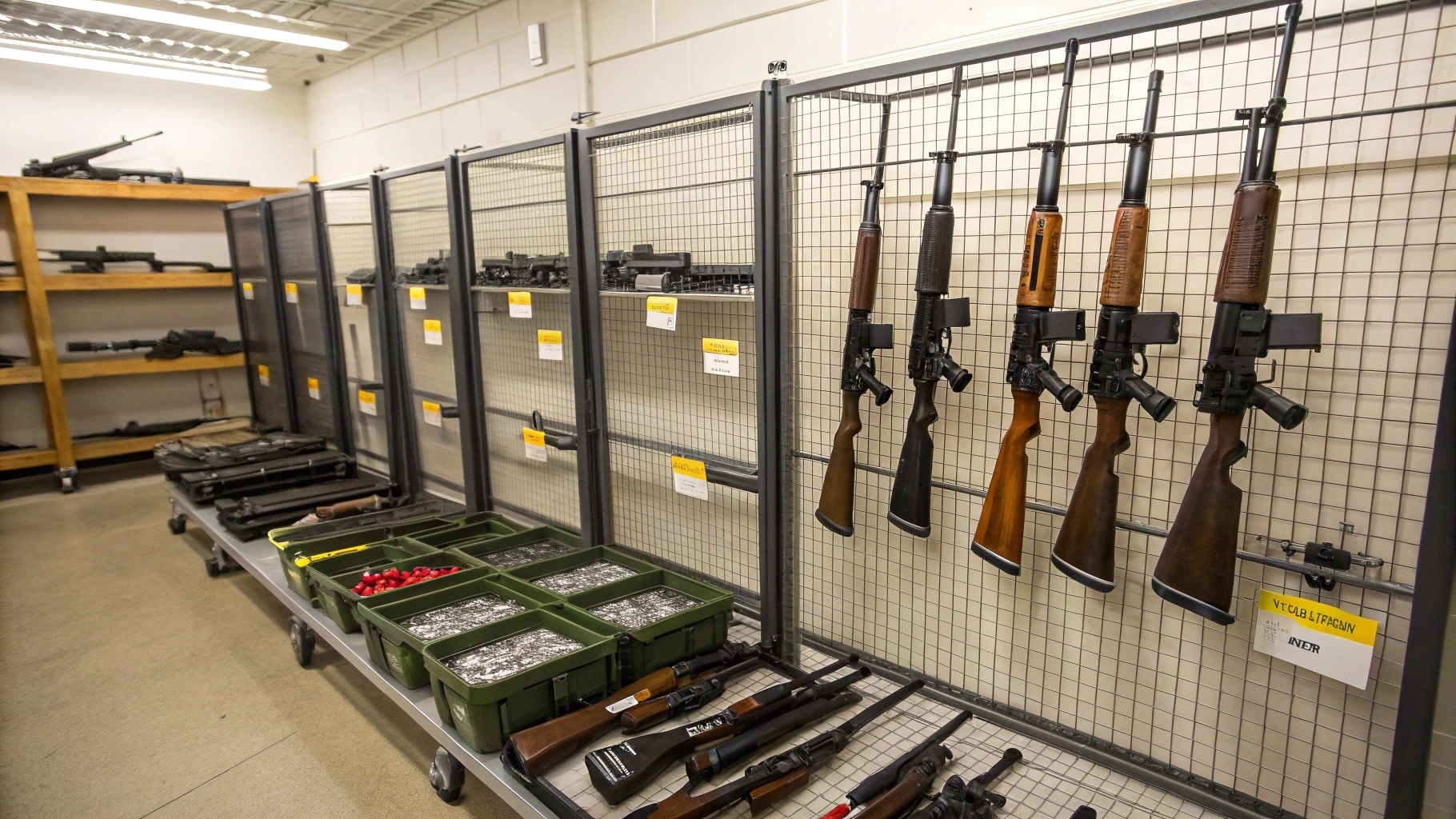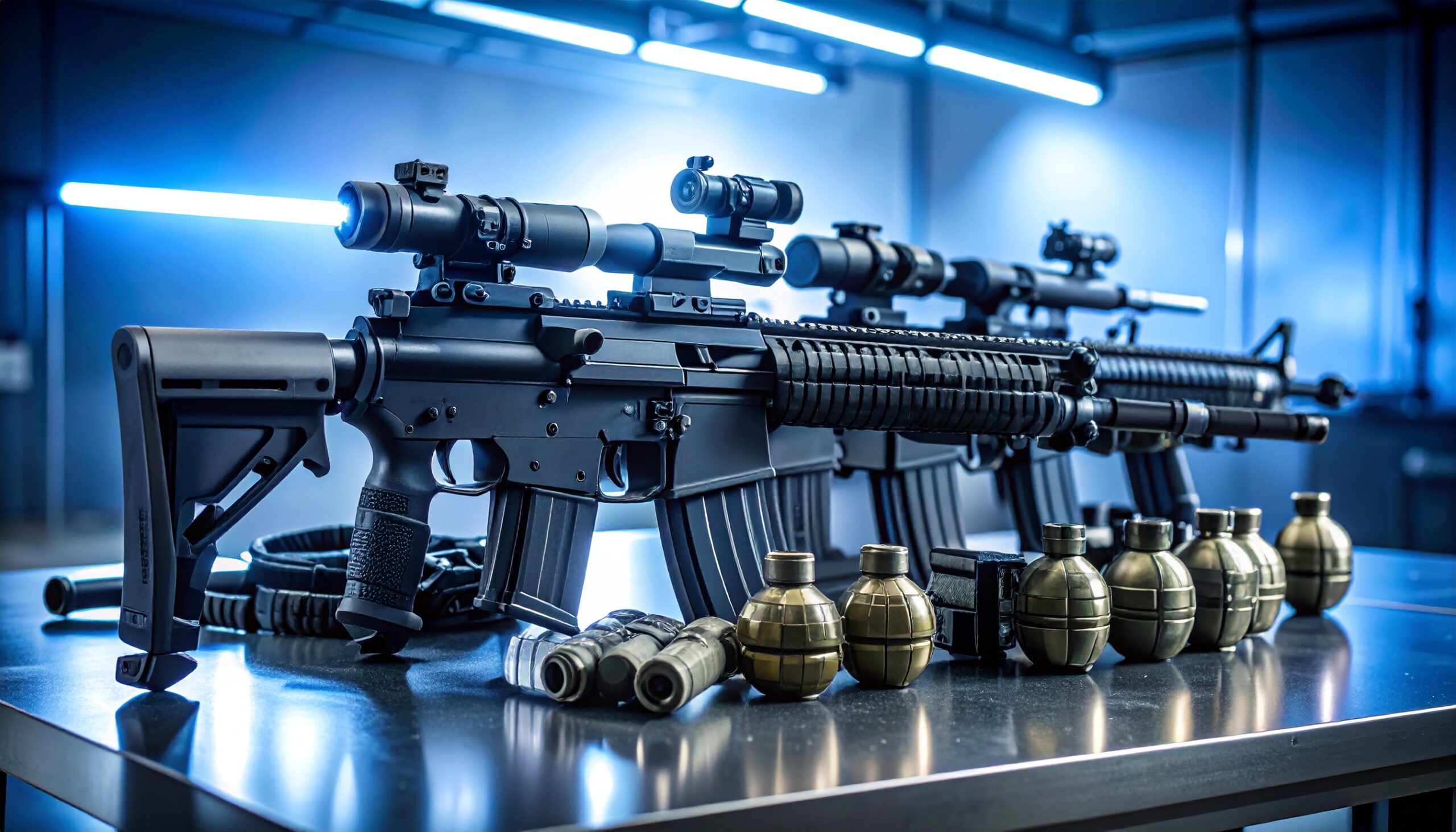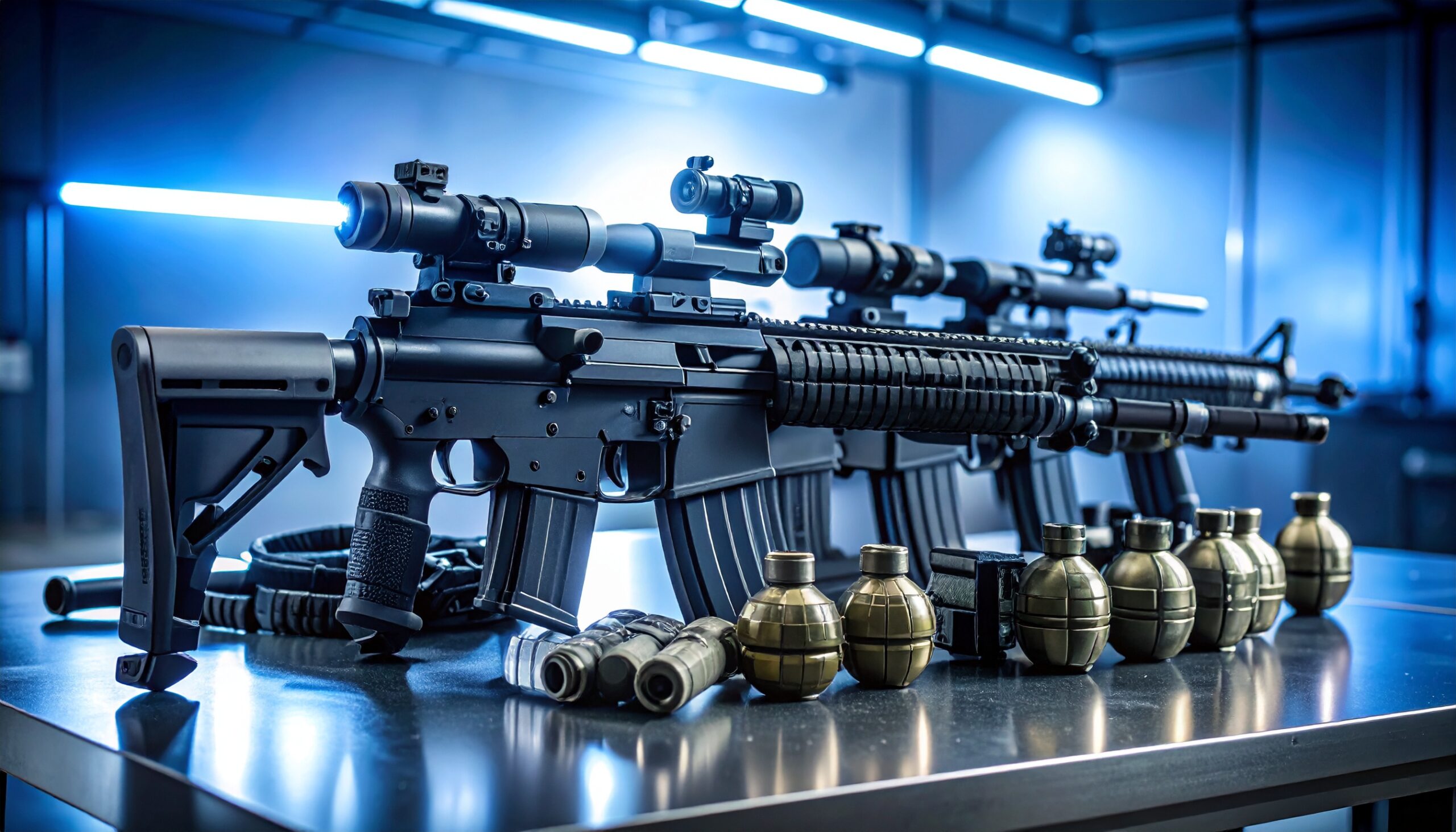
The first production unit of the B61-13 gravity bomb has been completed nearly a year ahead of schedule, marking a significant achievement for Sandia National Laboratories and the U.S. nuclear security enterprise. Sandia serves as the lead systems integrator and design authority for the B61-13’s nonnuclear components, with much of its configuration based on the earlier B61-12 model, which finished production in late 2024.
The inaugural unit was assembled at the Pantex Plant in May, just 13 months after Congress approved funding for the program. The rapid progress was made possible through innovative processes, early coordination, and seamless transitions by Sandia staff who brought valuable experience from the B61-12 program.
Early component deliveries from Y-12 National Security Complex and the Kansas City National Security Campus were critical in maintaining the accelerated schedule. Even though formal funding was authorized in April 2024, preliminary feasibility and cost studies had been underway since 2022, giving the program a strong head start entering the production engineering phase.
In May, U.S. Department of Energy Secretary Chris Wright officially diamond stamped the first production unit at a ceremony at Pantex, certifying its quality and readiness for deployment. The success of the B61-13’s initial build reflects extensive collaboration between Sandia, Los Alamos National Laboratory, Pantex, Y-12, the Kansas City National Security Campus, Savannah River Site, the National Nuclear Security Administration, and the U.S. Air Force.
The B61-13 will provide greater yield than the B61-12 while maintaining the advanced safety, security, and precision of its predecessor. Importantly, this program will not increase the overall U.S. nuclear stockpile, as the planned B61-13 production offsets a reduction in B61-12 units. The program will now advance toward design review and full-rate production.


